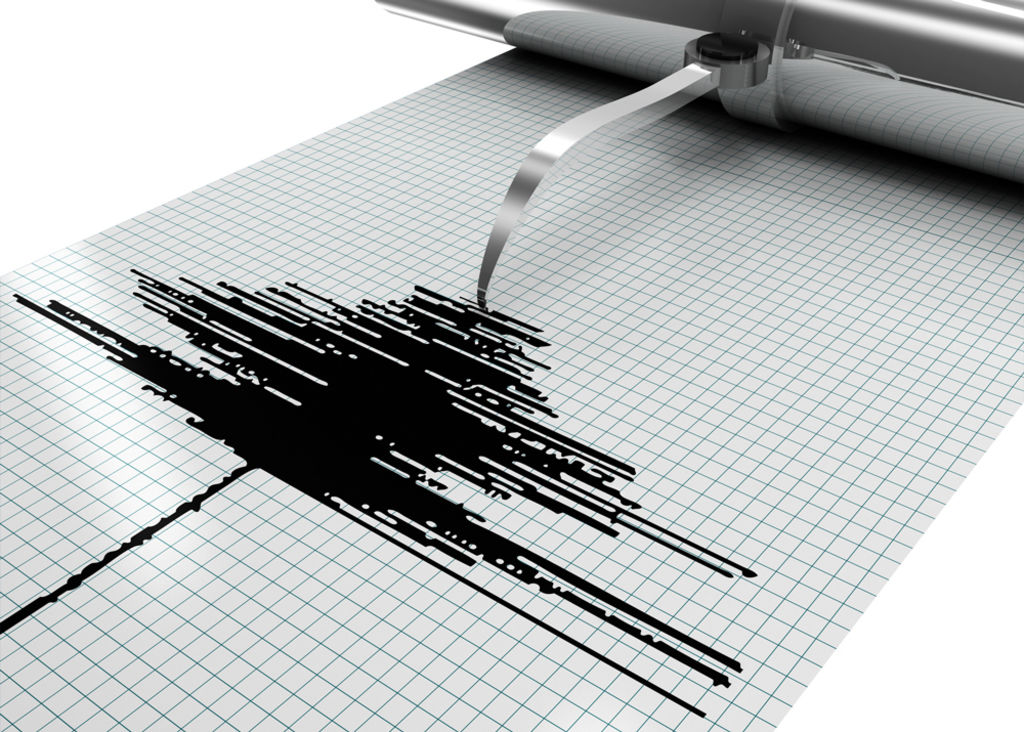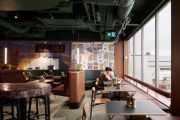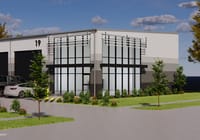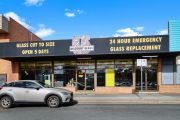
Six-storey building put to earthquake disaster test
A six-storey steel-frame building has rocked and rattled on a giant shake table to see how the structure would withstand major earthquakes.
During the testing by researchers at the University of California, San Diego, the towering building jolted, shuddered and let out a hollow, grinding sound but remained standing as drones peeked in its windows.
Water heaters and at least some flat-screen TVs inside seemed to remain in place, though researchers still need to review the drone footage to see exactly how the building fared inside and out.
 A UCSD researcher checks monitoring equipment in front of the six-storey building that is undergoing earthquake tests. Photo: AP Photo/Julie Watson
A UCSD researcher checks monitoring equipment in front of the six-storey building that is undergoing earthquake tests. Photo: AP Photo/Julie Watson
The event was a simulation of the 6.7-magnitude Northridge quake. That quake caused heavy damage to the Los Angeles area in 1994.
The test is part of a $US1.5 million ($2.02 million), three-week series of tests aimed at determining whether the lightweight steel structure is a better option than wood frame structures for tall, residential buildings in earthquake-prone areas like California.
The six-storey structure, which was built in about a week and designed to replicate a multi-family residential building, is the tallest building of its kind to ever undergo such tests.
Watch the time-lapse video below
It is equipped with appliances, such as water heaters and stoves, which could potentially ignite a fire during an earthquake.
“What we are doing is the equivalent of giving the building an EKG to see how it performs after an earthquake and a post-earthquake fire,” UC San Diego structural engineering professor Tara Hutchinson said.
Over the next few weeks, the building will undergo more intense simulated quakes, including California’s 7.2-magnitude Cape Mendocino earthquake in 1992 and the 8.8-magnitude temblor in Maule, Chile, in 2010.
Later researchers from Worcester Polytechnic Institute will set rooms on fire to test the frame’s resistance.
Researchers also want to know whether drones equipped with heat-detection cameras could be used to find survivors and assess damage after earthquakes and the fires that often follow the temblors.










